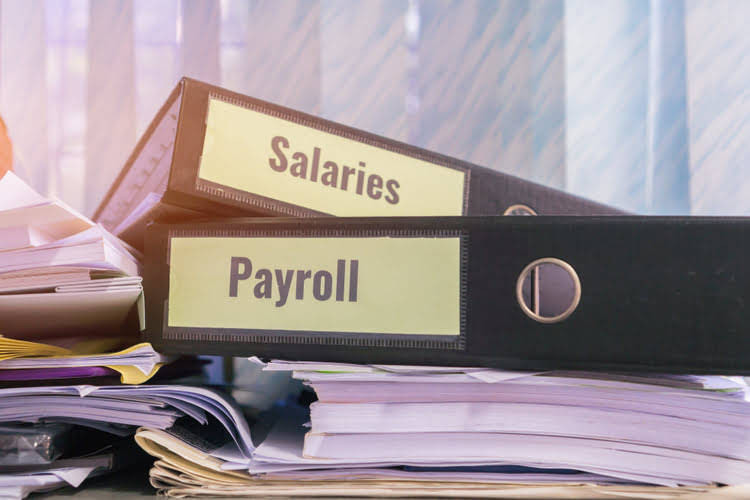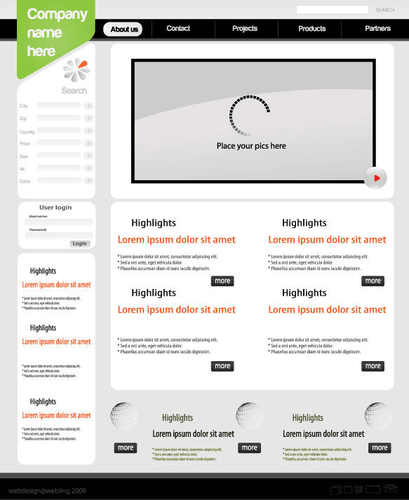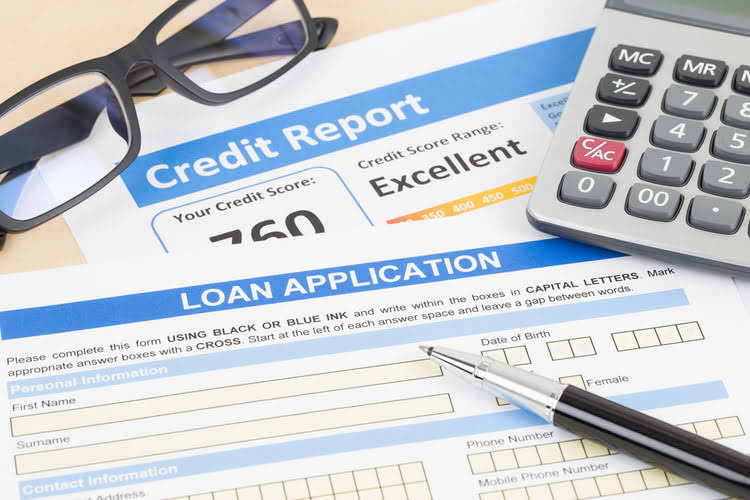
These are direct costs related to producing goods sold by a company, including raw materials and labor. Liabilities come in various forms, each with a unique impact on a company’s finances. These are business liabilities that are probable, but not certain; in other words, the need to pay them is contingent on some event. Shaun Conrad is a Certified Public Accountant and CPA exam expert with a passion for teaching. After almost a decade of experience in public accounting, he created MyAccountingCourse.com to help people learn accounting & finance, pass the CPA exam, and start their career. Through this, income summary we will be able to determine the cash balance as all related additions and deductions are collated in the account.
- Short-term liabilities appear first on the right side of your balance sheet.
- When your team purchases an annual software license, Ramp identifies it as a prepaid expense and helps you amortize it correctly over the subscription period.
- Accounting software will help streamline the process, creating much more efficient and accurate financial reporting.
- Its Cash Management module automates bank integration, global visibility, cash positioning, target balances, and reconciliation—streamlining end-to-end treasury operations.
- Long-term liabilities are paid with fixed assets like equipment, non-liquid assets, equity, investment, etc.
- Common examples include employee salaries, rent, utility bills, and marketing campaigns.
- While accrued expenses represent liabilities, prepaid expenses are recognized as assets on the balance sheet.
Key Differences Between Liabilities and Expenses
- Liabilities should come into consideration for future budgeting decisions and cash flow management.
- Misclassifying expenses or liabilities can distort a company’s financial health, affecting investor confidence and decision-making.
- That means you initially record it as a liability on your balance sheet.
- Mortgages often have fixed terms like 15 or 30 years, with monthly payments including principal and interest.
- However, the monthly principal and interest payments due to be made are liabilities and are therefore recorded on the balance sheet.
- Because of their higher costs and longevity, assets are not expensed, but depreciated, or «written off» over a number of years according to one of several depreciation schedules.
Liabilities represent obligations that will be settled in the future, potentially extending beyond the current accounting period for long-term debts. Expenses, however, are recognized and reported in the accounting period in which they are incurred. For example, a loan is a liability, but the interest paid on that loan each month is an expense of the current period. One of the key differences between liabilities and expenses is how they are reported on a company’s financial statements. As mentioned above, expenses are reported on the income statement, also known as the profit-and-loss statement. Expenses directly impact a company’s net income in the current period.

Liability Examples
For instance, a business loan from a bank is a liability, requiring future repayments of principal and interest. Accounts payable, money owed to suppliers for goods or services purchased on credit, is another common example. Unearned revenue is also a liability, occurring when a customer pays for goods or services before they are delivered. A liability represents an obligation or debt owed by an individual or business to another entity.

► Income or Revenue

However, poor management of liabilities may result in significant negative consequences, such as a decline in financial performance or, in a worst-case scenario, bankruptcy. This article will clarify all your doubts regarding expenses and liability accounting and explain to you how to manage your accounts with a clear insight. We will also talk about debts and how to account for them in this piece. To master the art of financial wizardry, companies must accurately recognize and measure their expenses. By doing so, they expenses are liabilities can determine their true cost of doing business and make informed decisions to improve profitability.

Can a liability also be an expense?
- Lease payments and insurance premiums are examples of fixed expenses.
- Liabilities do not affect the income statement directly in the same way expenses do, but they reflect the company’s obligation to repay debt.
- Relevant resources to help start, run, and grow your business.
- Companies will generally disclose what equivalents it includes in the footnotes to the balance sheet.
- We have helped accounting teams from around the globe with month-end closing, reconciliations, journal entry management, intercompany accounting, and financial reporting.
- In short, one is owned (assets) and one is owed (liabilities).
- Some may shy away from liabilities while others take advantage of the growth it offers by undertaking debt to bridge the gap from one level of production to another.
While both affect a company’s bottom line, they impact financial statements differently. In accounting, an expense is any cost your business incurs to generate revenue. You report expenses on your company’s income statement, or profit and loss (P&L) statement, and record them as revenue deductions. Accrued liabilities represent expenses incurred without receiving an invoice, while accounts payable refers to amounts owed for invoiced purchases.
- An accrued expense, therefore, is an expense that a business has incurred but has not yet paid.
- Keeping both updated helps track performance and financial duties.
- This will help you spot high-interest debt quickly and better plan repayments, improving cash flow.
- In short, liabilities are the opposite of total assets a company owns.
- Liabilities are a core component of a company’s financial structure, showing what it owes to others.

They include tangible items such as buildings, machinery, and equipment https://www.blogrojak.com/a-l-business-finance-abbreviation-meaning/ as well as intangibles such as accounts receivable, interest owed, patents, or intellectual property. Companies of all sizes finance part of their ongoing long-term operations by issuing bonds that are essentially loans from each party that purchases the bonds. This line item is in constant flux as bonds are issued, mature, or called back by the issuer. The outstanding money that the restaurant owes to its wine supplier is considered a liability. The wine supplier considers the money it is owed to be an asset. On the other hand, strategic use of liabilities can foster growth.
